
"Dante's Inferno" Artistic visions of heaven and hell Pictures CBS News
The divine complexity of Dante's Commedia has not only produced sterile admiration but has been able to generate new art in all the shapes and forms. This piece looks at Dante's impact on the Michelangelo. When a stone is thrown into the water, the greater the power of the blow, the greater the number of circles produced on the surface.

The inferno by dante alighieri snofire
In the lower right corner of the Last Judgment, Michelangelo painted an unmistakable quotation from Dante`s Inferno (Figs. 1, 2). The figures of Charon and Minos were easily recognized by sixteenth-century viewers, and to the present day no one has seriously questioned the reference, although occasionally additional meanings have been pointed out.

Pin on OSCURE II
Fast and Free Shipping On Many Items You Love On eBay. Looking For Dantes Inferno? We Have Almost Everything On eBay.
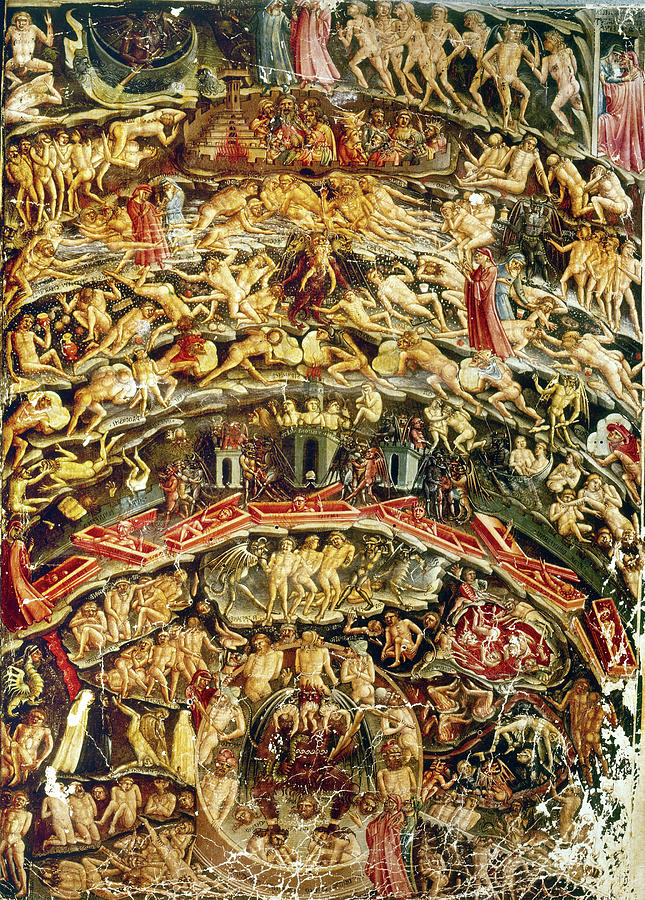
Original Dantes Inferno Painting at Explore collection of Original Dantes
Paul Gustave Dore (1832-1883) Perhaps the most important and influential of all the artists inspired by Dante is Paul Gustave Dore. Born in Strasbourg in 1832, Dore began to draw at the age of 16 and went on to work as an illustrator, first for newspapers and then for publishing houses. He was renowned for his style, which mixed elements of.

Michelangelo BuonarrotiThe Last Judgement 15341541 Fresco Renaissance Kunst, Italian
Michelangelo's masterpiece was inspired by Dante's Divine Comedy and is mentioned by Dan Brown in his Inferno. It is the second largest fresco by Michelangelo located in the Sistine Chapel, next to the frescoes on the ceiling illustrating episodes taken from the Book of Genesis.
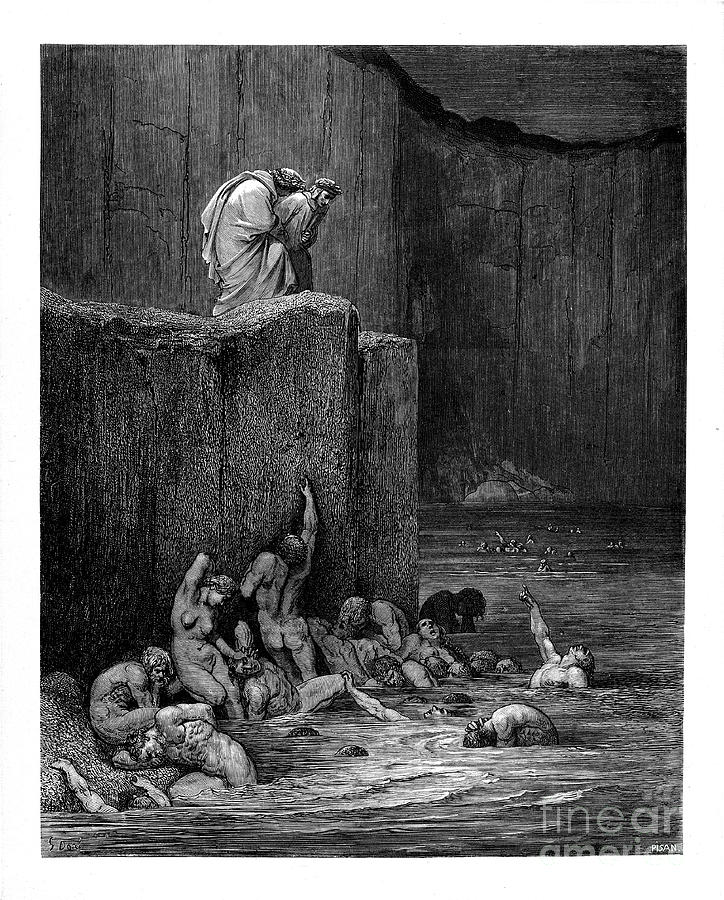
Dante Inferno by Dore t34 Photograph by Historic illustrations
The construction of virtual reality; Life = voyage, an equivalence expressed in the opening metaphor: "cammin di nostra vita" (path of our life), inherited from the "nuovo e mai non fatto cammino di questa vita" (the new and never before traveled path of this life) of Convivio 4.12.15; Divine love — "l'amor divino" — first caused the stars to move (Inf. 1.39-40), initiating.

Dante Inferno by Dore t26 Photograph by Historic illustrations
brightness, the clarity of eternal light or "luce eterna." Michelangelo's "moments of vision" in art, inspired by Dante, help us to see that, however else we may describe or define Michelangelo, he was. truly a great visionary. The point, when stated, is obvious, but we should.
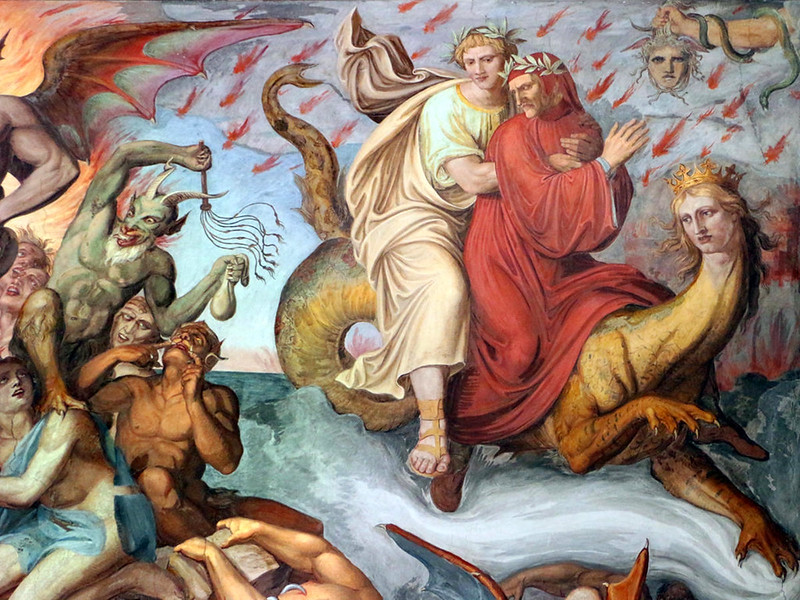
5 Historical Figures Feeling the Blues 5Minute History
Charon-Charon is a ferryman from Dante's Inferno, who beats his passengers with an oar.Langdon references Charon when giving a lecture to the Dante Alighieri Society. He notes that Charon appears in Michelangelo's The Last Judgement. Haman the Agagite-Often referred to as Xerxes I, Haman the Agagite appears in the Book of Esther. Robert Langdon references Haman the Agagite when referring.
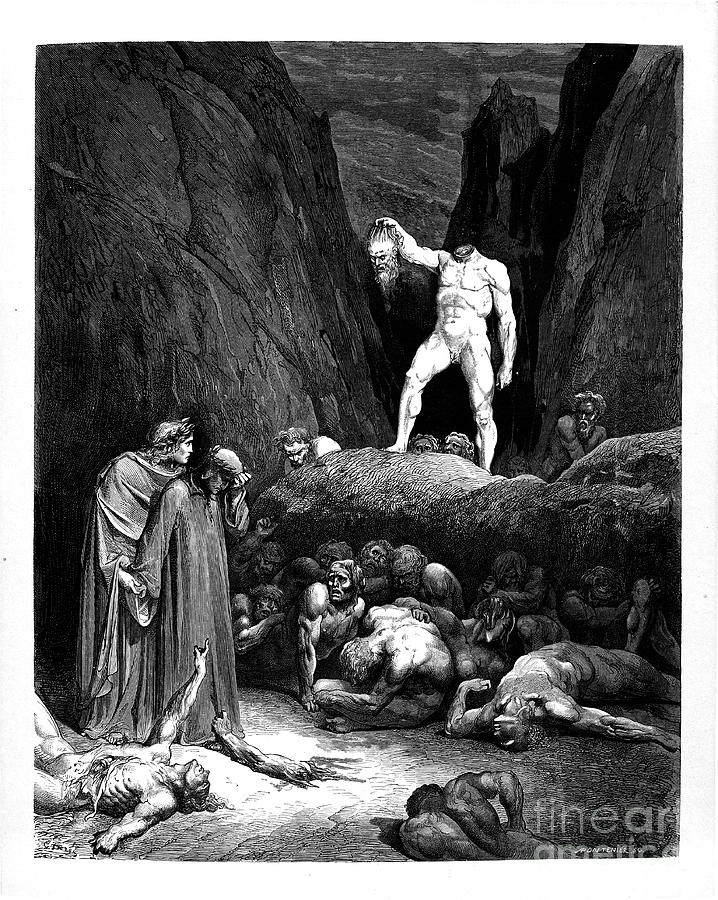
Dante Inferno by Dore t50 Photograph by Historic illustrations Fine Art America
The castle in the first circle of hell, as illustrated by Stradanus. The first circle of hell is depicted in Dante Alighieri's 14th-century poem Inferno, the first part of the Divine Comedy. Inferno tells the story of Dante's journey through a vision of hell ordered into nine circles corresponding to classifications of sin. The first circle is Limbo, the space reserved for those souls who died.

The Last Judgment, by Michelangelo Buonarroti, 153441 The Core Curriculum
Michelangelo Buonarroti (Caprese Michelangelo, March 6, 1475 - Rome, February 18, 1564) was one of the greatest artists of the Italian Renaissance. Sculptor, painter, architect, and poet, Michelangelo has created some of the most famous and popular works of art that the world has ever known. In his novel Inferno, Dan Brown describes.

Pin on Renaissance Art
Prelude to Hell Canto I Gustave Doré's engravings illustrated the Divine Comedy (1861-1868). Here, Dante is lost at the start of Canto I of the Inferno.. The poem begins on the night of Maundy Thursday on March 24 (or April 7), 1300, shortly before the dawn of Good Friday. The narrator, Dante himself, is 35 years old, and thus "midway in the journey of our life" (Nel mezzo del cammin di.
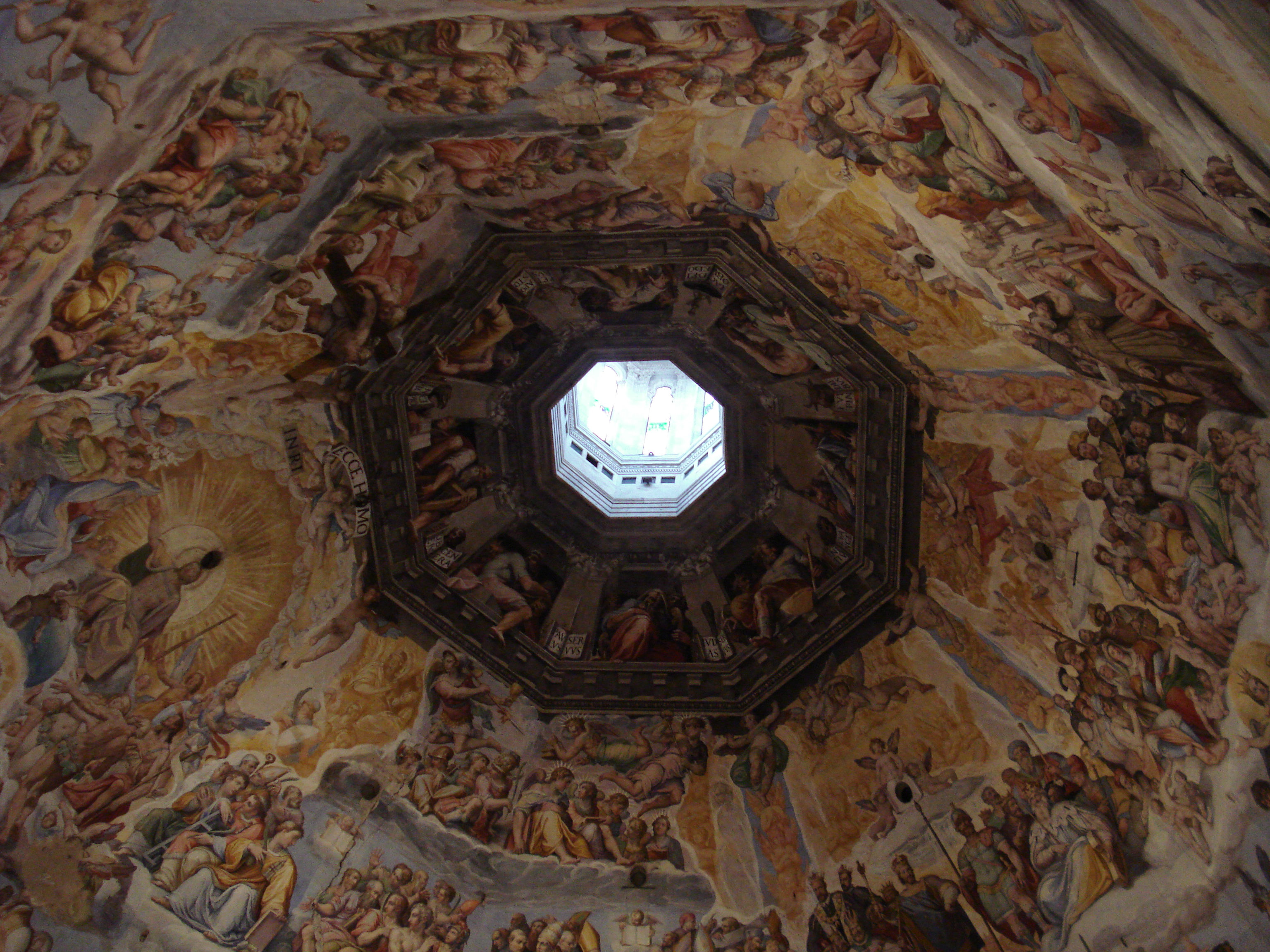
Dante Inferno Botticelli Painting at Explore collection of Dante Inferno
The basic structural component of The Divine Comedy is the canto. The poem consists of 100 cantos, which are grouped together into three sections, or canticles, Inferno, Purgatorio, and Paradiso.Technically there are 33 cantos in each canticle and one additional canto, contained in the Inferno, which serves as an introduction to the entire poem.For the most part the cantos range from about 136.
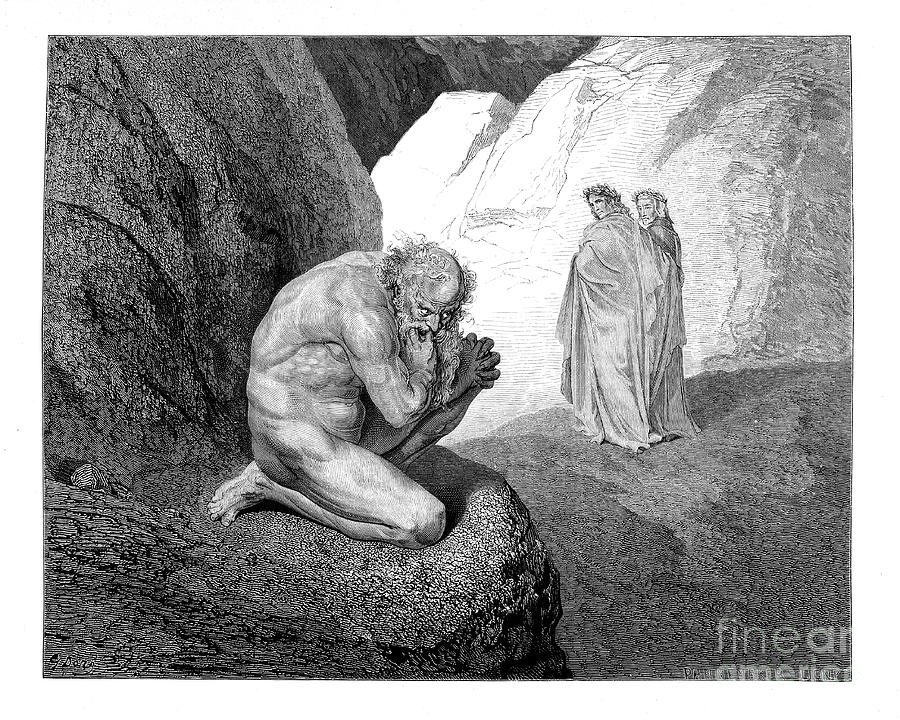
Dante Inferno by Dore t15 Photograph by Historic illustrations Fine Art America
In a late-sixteenth century illustration by an unknown artist, the eagle's souls take on the eerie aspect of skulls. Francesco Scaramuzza adds a Romantic touch, where Dante soars, eyes closed by sublimity, carried on the raptor's talons. The beatific vision, depicted both by a mid-sixteenth century woodcut and Gustave Doré (1880), capture, in.
GreatWorks Dante's Inferno
Dante's 'Inferno' is a journey to hell and back. Written more than 700 years ago, this terrifying epic poem is filled with damned souls, including Cleopatra, Judas Iscariot, and Dante's own enemies.
/illustration-to-the-divine-comedy-by-dante-alighieri--abyss-of-hell---1480-1490--found-in-the-collection-of-the-biblioteca-apostolica-vaticana--486777773-5c3a03c246e0fb00016261f2.jpg)
What do you mean by Dante’s inferno levels and what should you know about them?
Completed just before Dante died in 1321, it consists of three parts—Inferno, Purgatorio, and Paradiso.The Divine Comedy is a long poem recounting the author's journey among the damned in hell, guided by the Roman poet Virgil. Later, he is reunited with his beloved, Beatrice, who guides him up to purgatory, and then to Paradise, where, in a moment of ecstasy, Dante glimpses God.
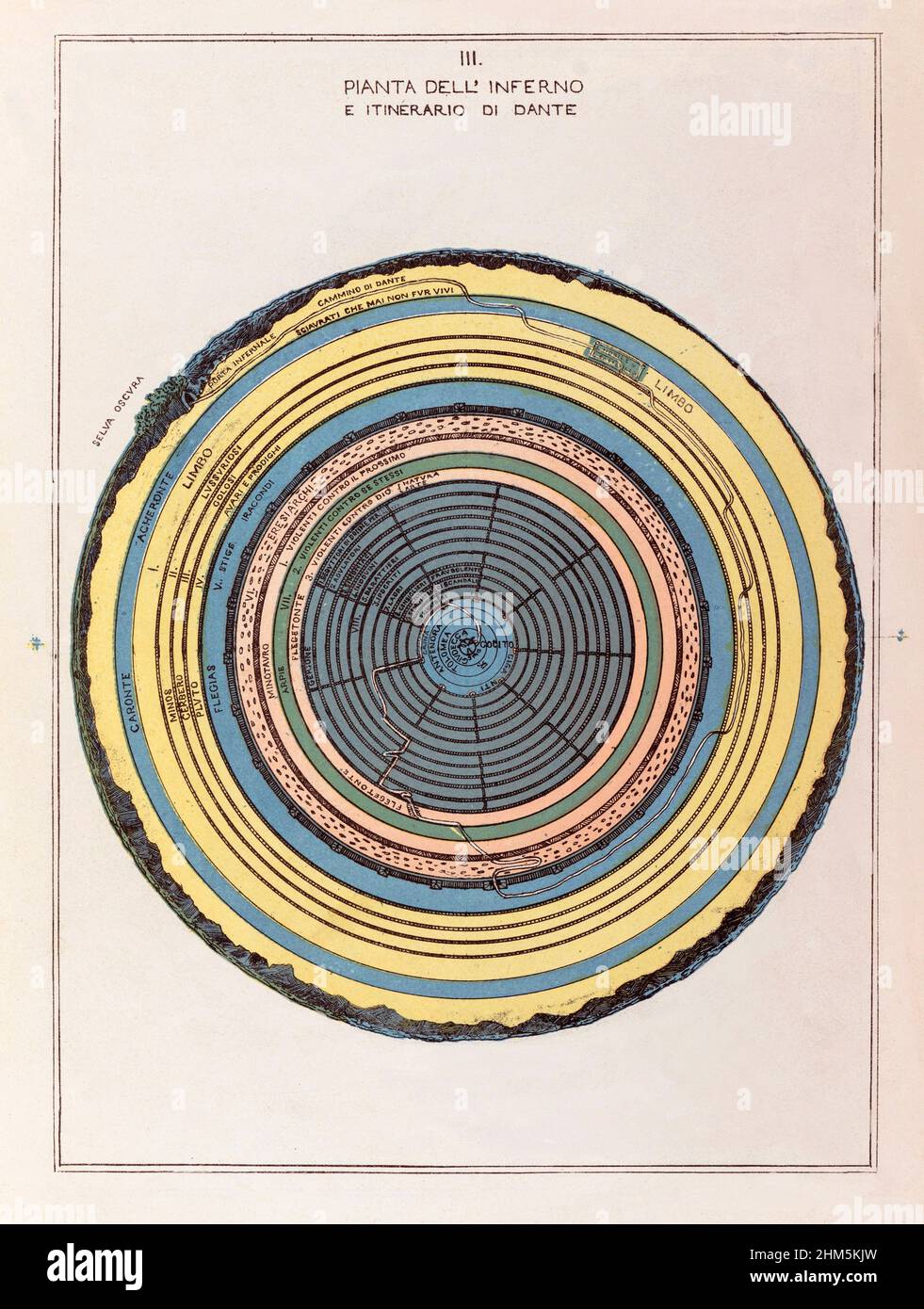
1855 Michelangelo Caetani Map of Hell, Dante’s Inferno Stock Photo Alamy
The Divine Comedy Illustrated by Botticelli is a manuscript of the Divine Comedy by Dante, illustrated by 92 full-page pictures by Sandro Botticelli that are considered masterpieces and amongst the best works of the Renaissance painter. The images are mostly not taken beyond silverpoint drawings, many worked over in ink, but four pages are.
